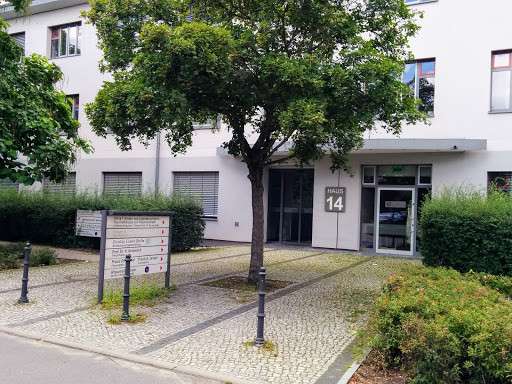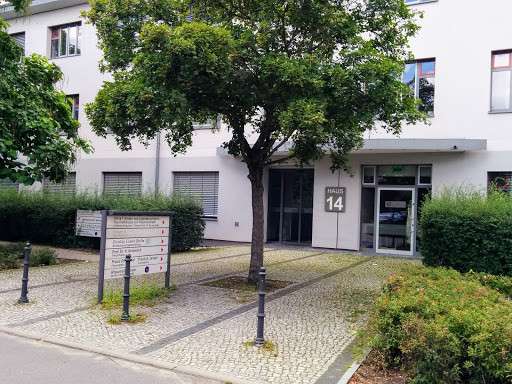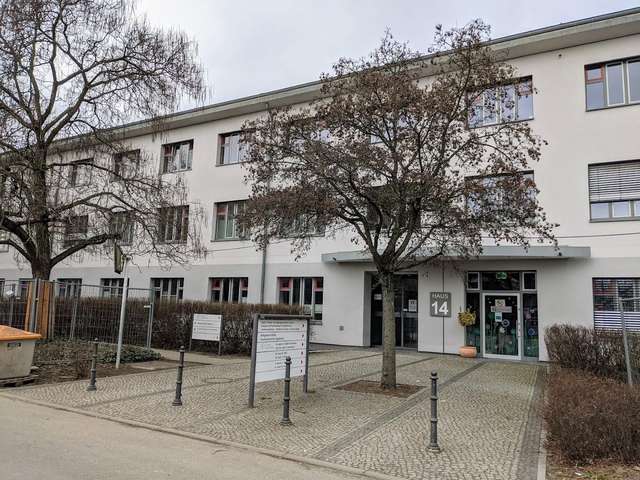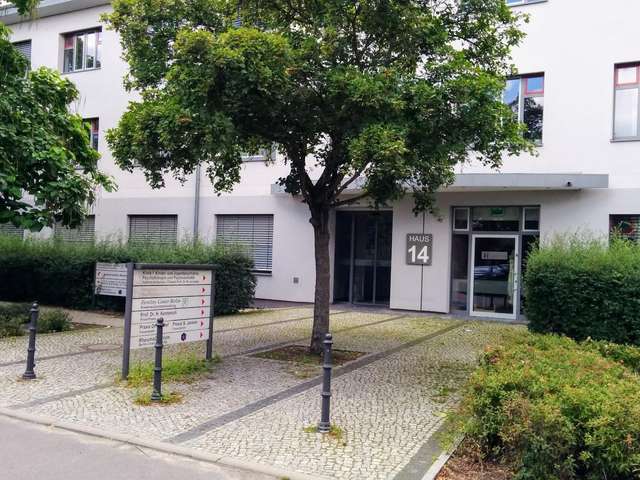
About The Hospital
Fertility Center Berlin
Our pregnancy and birth rates after IVF/ICSI treatment or after a cryotransfer are well above the national average (German IVF Register). Our success is based on more than 20 years of collaboration between experienced doctors, biologists and the entire medical staff. Our goal is to work out the optimal therapy result for our patients, without stressful or ineffective additional measures.
Fertility treatment has developed very positively in recent years. Our pregnancy rate is around 40% per transfer (link). To achieve this high pregnancy rate, we work in the laboratory for 7 days using the latest technologies such as embryoscope, vitrification and polar body diagnostics. Since 1999, as the Fertility Center Berlin, we have been continuously involved in national and international research in order to improve the quality of reproductive medicine and to always be able to successfully care for our patients using the latest medical standards.
Team & Specialisation
- Cycle monitoring and hormone stimulation treatments in women
- Partner sperm treatments (homologous insemination)
- Fertilization outside the body (in vitro fertilization = IVF) and/or injection of sperm into the eggs (intracytoplasmic sperm injection = ICSI)
- ICSI after sperm collection from the testicle in collaboration with urology/andrology (testicular sperm extraction, TESE)
- Foreign sperm treatment (donogenic insemination, donogenic IVF)
- Embryoscope (possibility of continuously assessing the development of fertilized eggs)
- Late embryo transfer on day 5 or 6 (blastocyst transfer)
- Freezing of fertilized eggs in the pronuclear stage and sperm (cryopreservation)
- Acupuncture and traditional Chinese medicine in collaboration
- Assisted hatching (laser treatment of the embryos)
- Advice and treatment for chronic infectious diseases (hepatitis B, C, HIV) in connection with the desire to have children
- Freezing of unfertilized eggs (so-called social freezing)
- Fertility protection
Gallery
Blog/News

Why Second Opinions Matter Before Eye Surgery Doctors Explain
Deep medical insights, treatment comparisons, safety standards, and technological updates

International Patients' Guide to Understanding Eye Surgery Terminology
Deep medical insights, treatment comparisons, safety standards, and technological updates

How Healthtrip Ensures Patient Safety During Eye Surgery Procedures
Deep medical insights, treatment comparisons, safety standards, and technological updates

Choosing Between Treatment Options for Eye Surgery
Deep medical insights, treatment comparisons, safety standards, and technological updates




